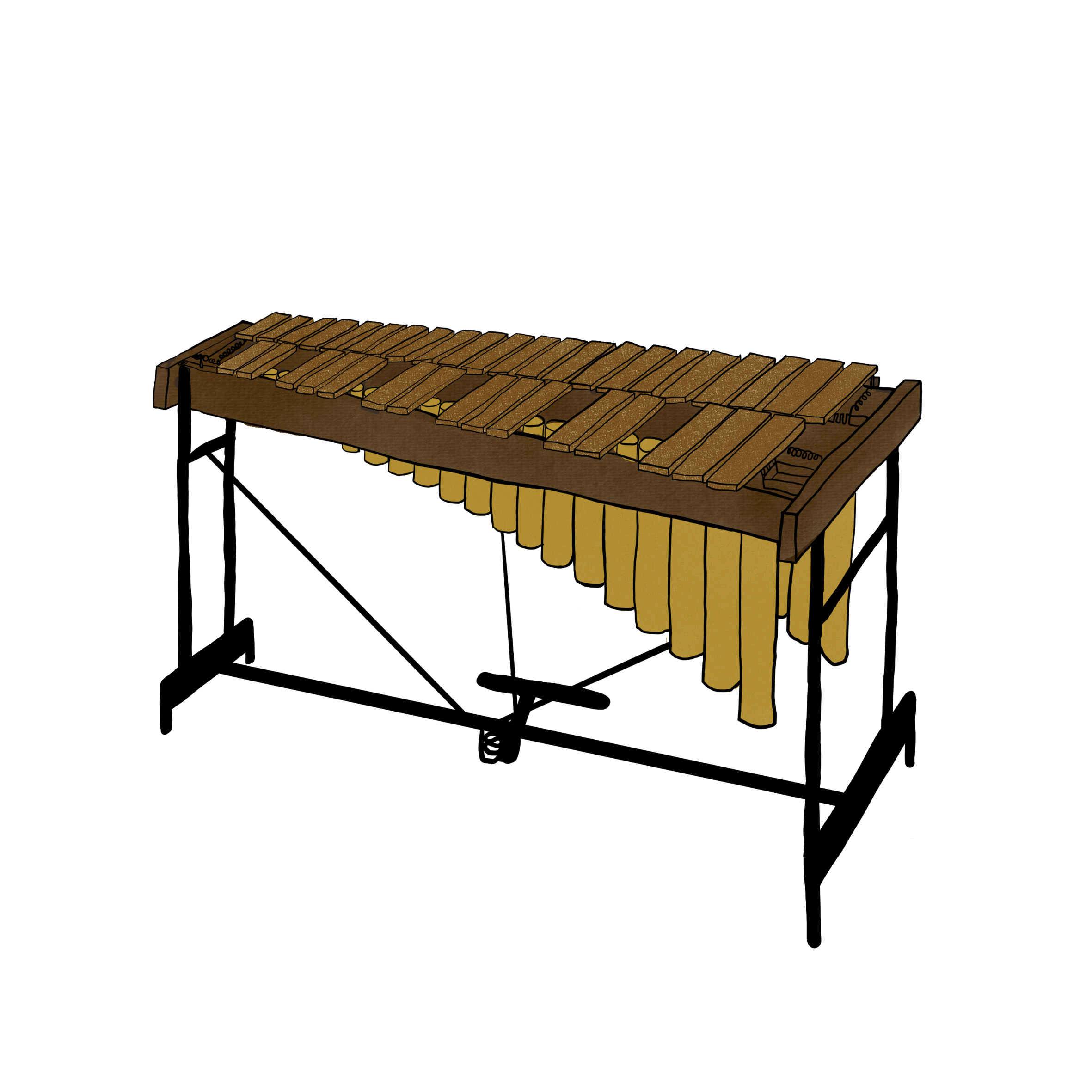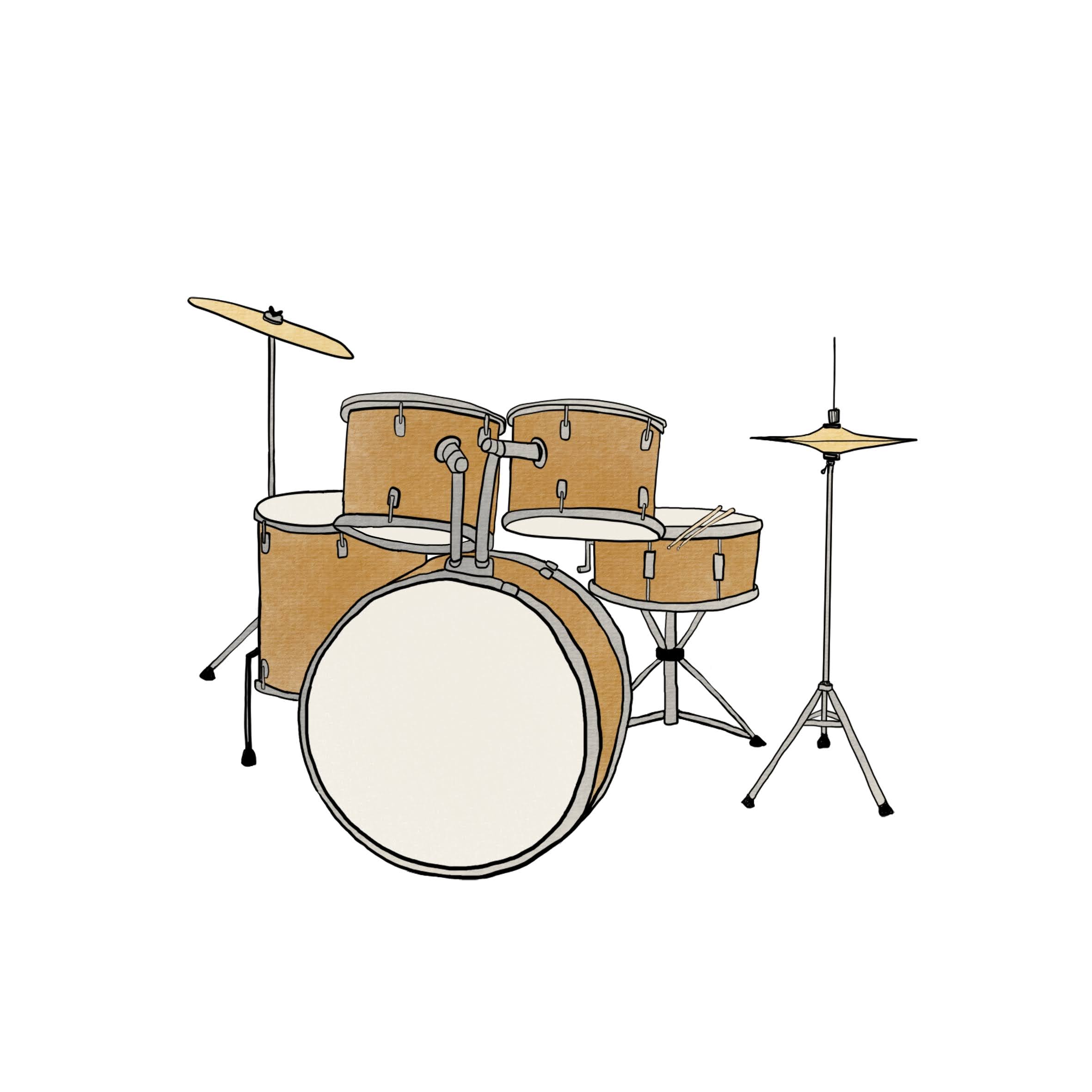Percussion instruments

The percussion instrument family is incredibly large. It includes a wide range of instruments from around the world. These instruments vary greatly in size and type and many require specialized playing techniques.
Few instruments have a history as extensive as percussion instruments. They have always been a central part of folk music around the world and have also played an important role in classical music for a long time. For decades, percussion instruments have been fundamental in rock, pop, and jazz music.
Starting studies
To start learning a percussion instrument, a student needs to physically handle drumsticks and mallets with ease. Usually, children aged 6-7 can start learning percussion instruments, though it's more common for students to begin at ages 8-9, similar to most other instruments. From the beginning of their studies, a student needs to have a practice pad and a snare drum, and soon, it's essential to have access to a percussion keyboard for home practice. In intermediate studies, students need access to a percussion keyboard with at least a two and a half octave range. From the start of advanced studies, students need access to a percussion keyboard instrument with a four-octave range.

The main instruments for basic education in percussion, according to the curriculum, are the snare drum and percussion keyboard. Necessary additional instruments include the bass drum, cymbals, triangle, and tambourine. Additionally, it's beneficial for students to be familiar with timpani if possible. The main instruments for intermediate and advanced studies are the snare drum, percussion keyboard, and timpani, but it's recommended that students become acquainted with as many instruments from this colorful family as possible.